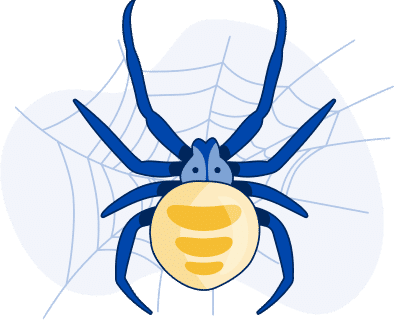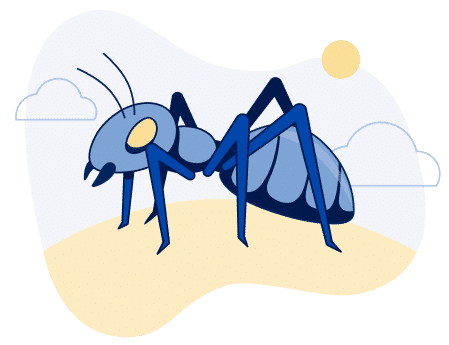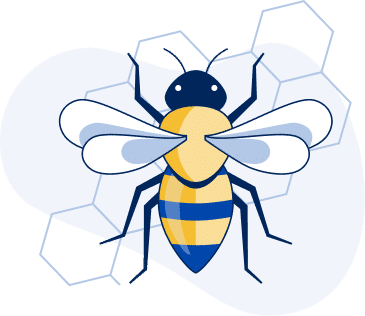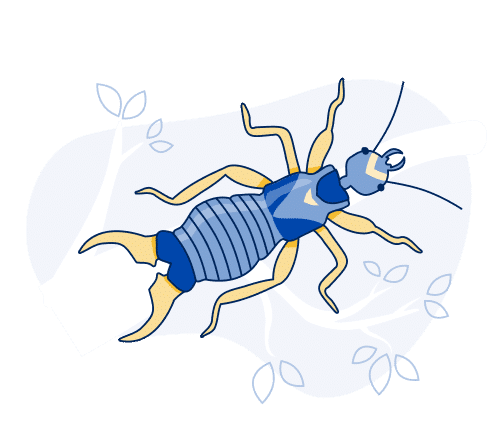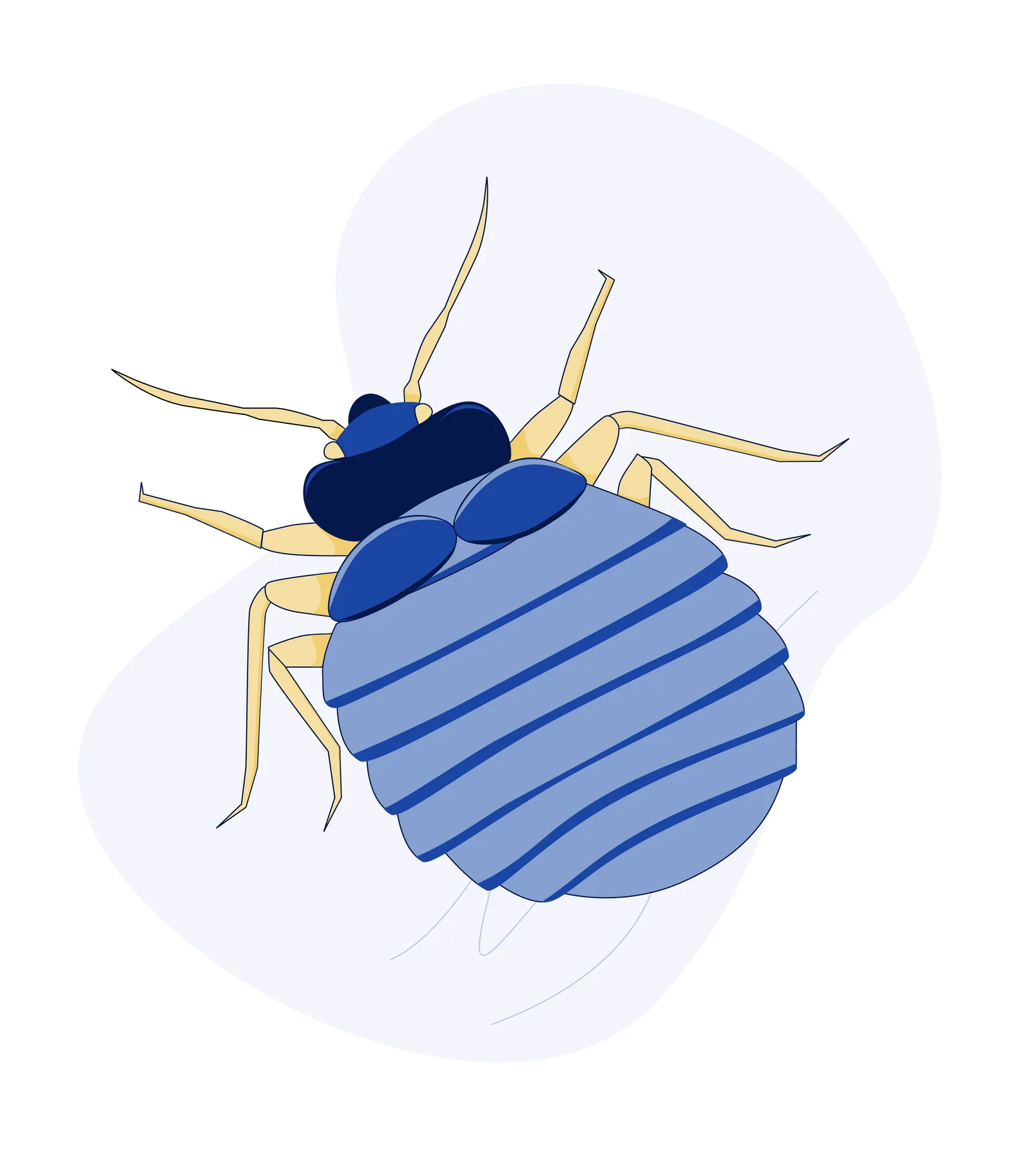How to Safely Remove Mud Dauber Nests in Your Provo Homes
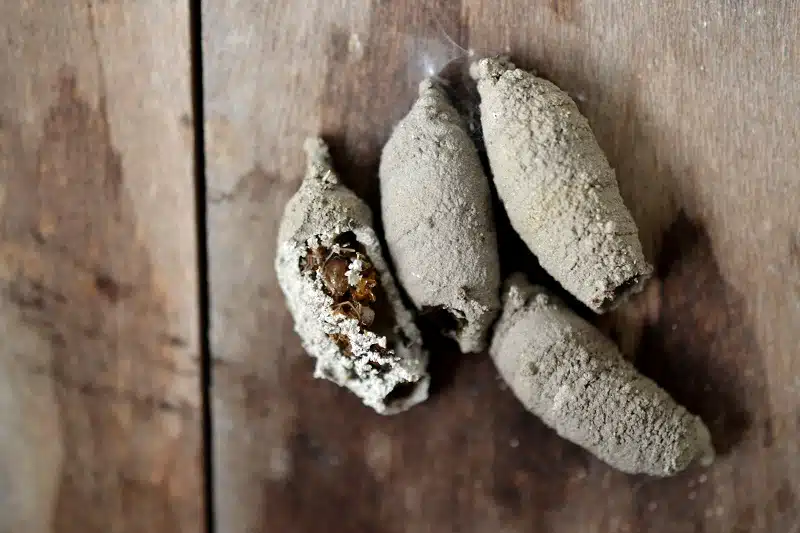
Mud daubers are a group of wasps that construct their nests using mud. There are many different species of wasps that are commonly referred to as mud daubers, such as the Organ Pipe mud dauber, the black-and-yellow mud dauber, and the blue mud dauber.
Mud daubers are one of the most common summer pest in Provo, Utah. These solitary wasps are known for their distinctive nests made of mud. While mud daubers are generally non-aggressive and beneficial due to their diet of spiders, their nests can become a nuisance. Proper removal is essential for preventing wasp infestation in your Provo home and maintaining a safe and clean home environment. Let’s delve deeper into their behavior, habitat, and safe removal methods.
Identification
Mud daubers are a fascinating group of wasps that have captivated the curiosity of many. These unique insects are known for their intricate mud nests and diverse range of species.
- They are usually plain black or black with yellow patterns.
- These wasps have long, slim waists and slender wings.
Behavior
- Solitary Insects – Unlike aggressive yellow jackets or social bees, mud daubers are typically solitary.
- They construct their nests out of wet soil and adhere them to protected places like crevices, attics, garages, and RV vents. Understanding their nesting behavior can help prevent infestations.
Nest Appearance
- Mud dauber nests are made of dried mud and resemble cylindrical tubes.
- If you find a nest with holes, it likely means the wasp has left or abandoned it.
Preferred Locations
- Sheltered Areas: Look for nests in protected spots such as eaves, overhangs, and covered porches.
-
- Vertical Surfaces: Mud daubers often attach their nests to vertical surfaces like walls, fences, and tree trunks.
-
- Outdoor Structures: Check sheds, garages, and barns for nests.
-
- Natural Nooks: They may also build nests in natural crevices, such as rock formations or hollow logs.
Safe Removal Steps
Before attempting to remove a mud dauber nest, ensure your safety by wearing protective clothing such as long sleeves, gloves, and eye protection to prevent any potential stings or irritation from nest debris. Identifying the nest to confirm it belongs to mud daubers and not a more aggressive wasp species is important.
Serve Pest Control: Your Partner in Pest Management
- Scrape Off:
- Begin by gently scraping off the mud dauber nest using a putty knife, screwdriver, or similar tool.
- Be cautious, as the wasp might still be inside or other aggressive insects could inhabit it.
- Soap and Scrub:
- Mud tends to crumble when dry, so scrub the remaining crusts with mild soap and a brush.
- Adjust your effort based on the surface texture.
- Rinse:
- After scrubbing, rinse the area with a water hose.
- To avoid soaking the surroundings, use a garden sprayer or spray bottle to apply water and wipe it up with a rag.
Additional Tips
- Natural Cleaners:
- Vinegar or lemon juice diluted with water can break down mud dauber nest stains.
- Apply the solution, let it sit, and then scrub gently with a brush.
- Preventive Measures:
- Seal cracks and crevices to discourage mud daubers from building nests.
- Regularly inspect your home’s exterior for signs of new nests.
Professional Assistance
While removing mud dauber nests can often be a DIY task, professional pest control in Utah offer several benefits. A professional wasp exterminator can accurately identify wasp species and assess the safest removal methods. Trained technicians use specialized equipment and protective gear to handle nests safely. Professional services often include preventive measures to reduce the likelihood of future infestations.
After safely removing mud dauber nests from your home, you can enjoy Provo’s exciting summer activities.

